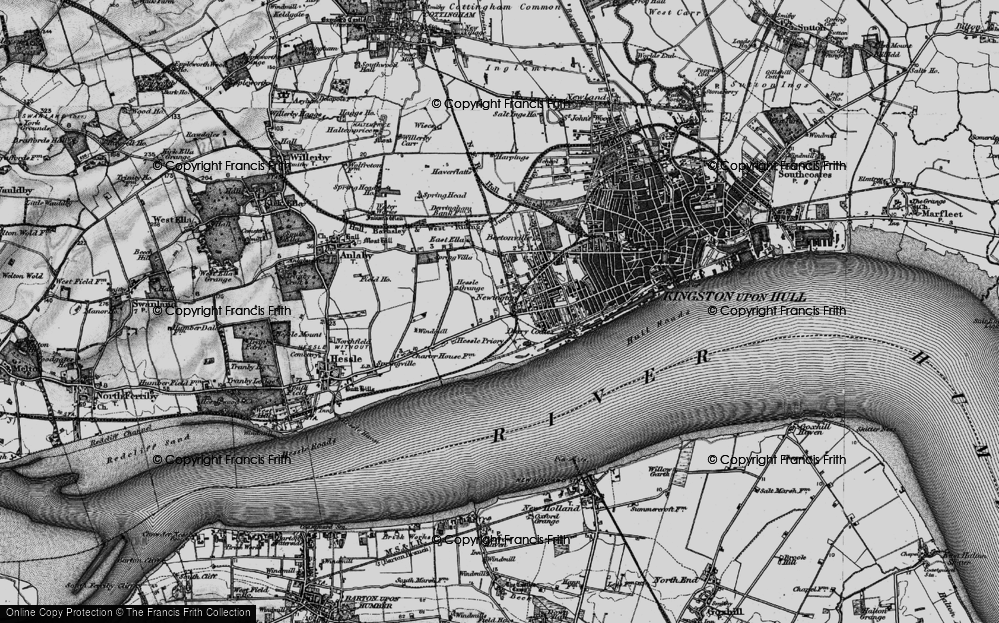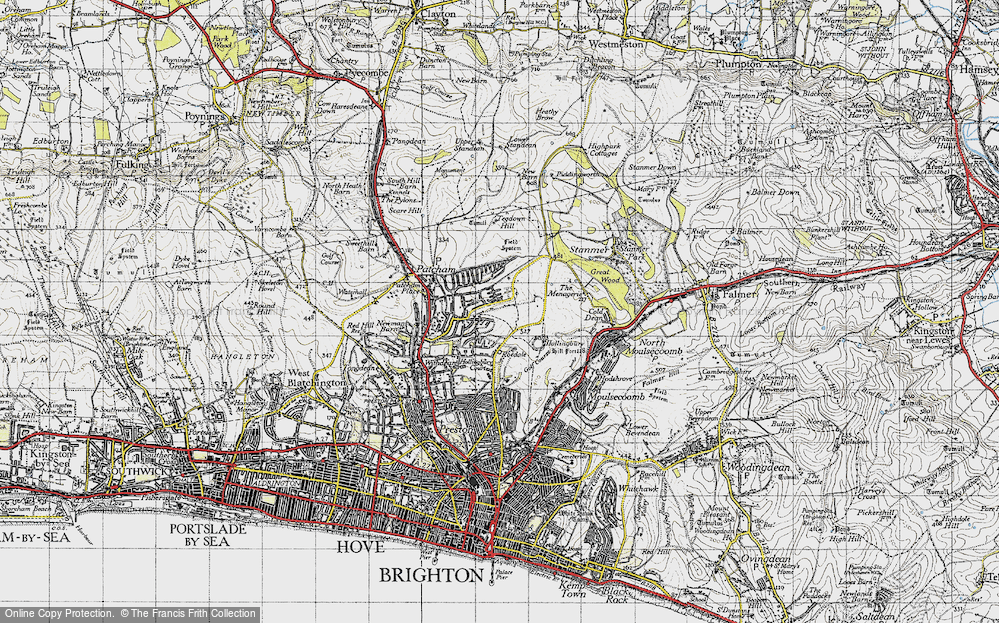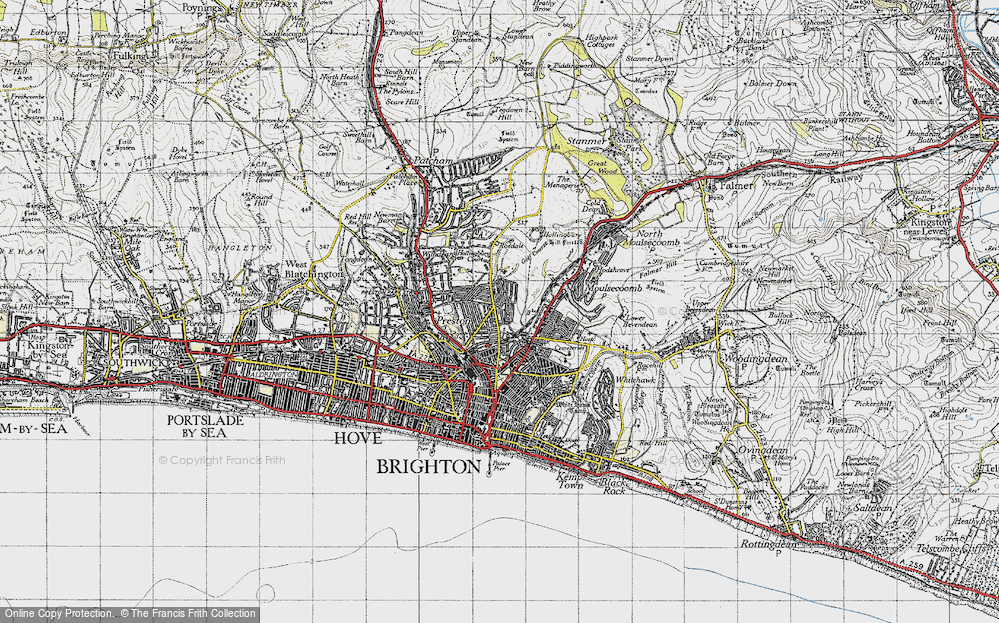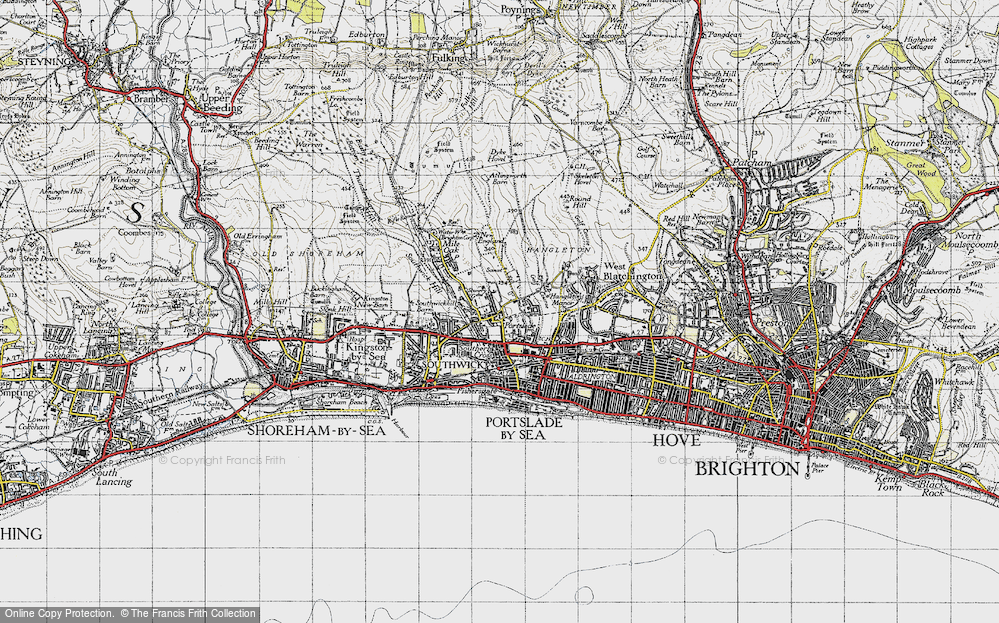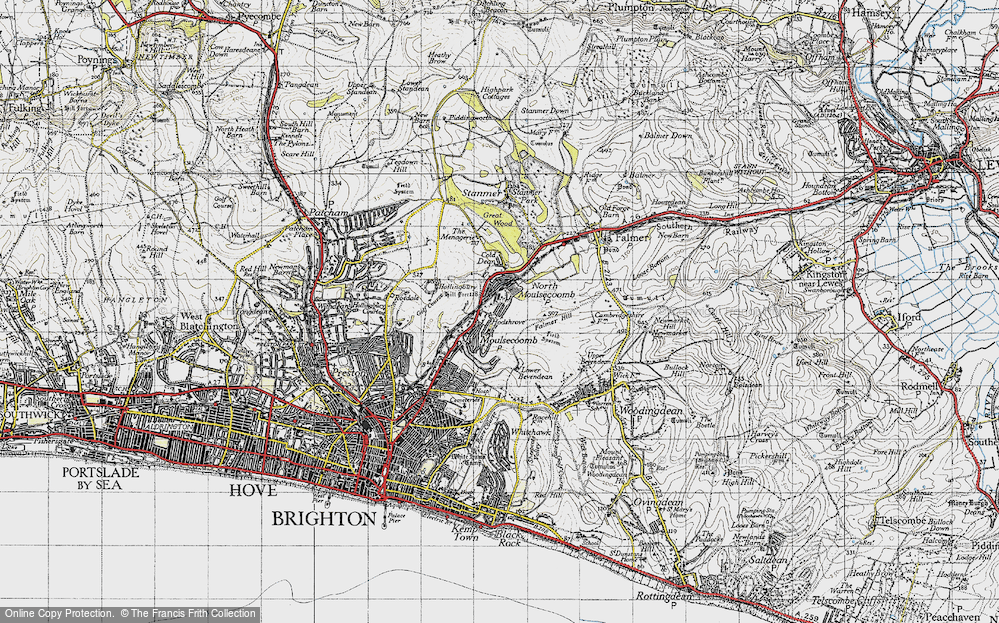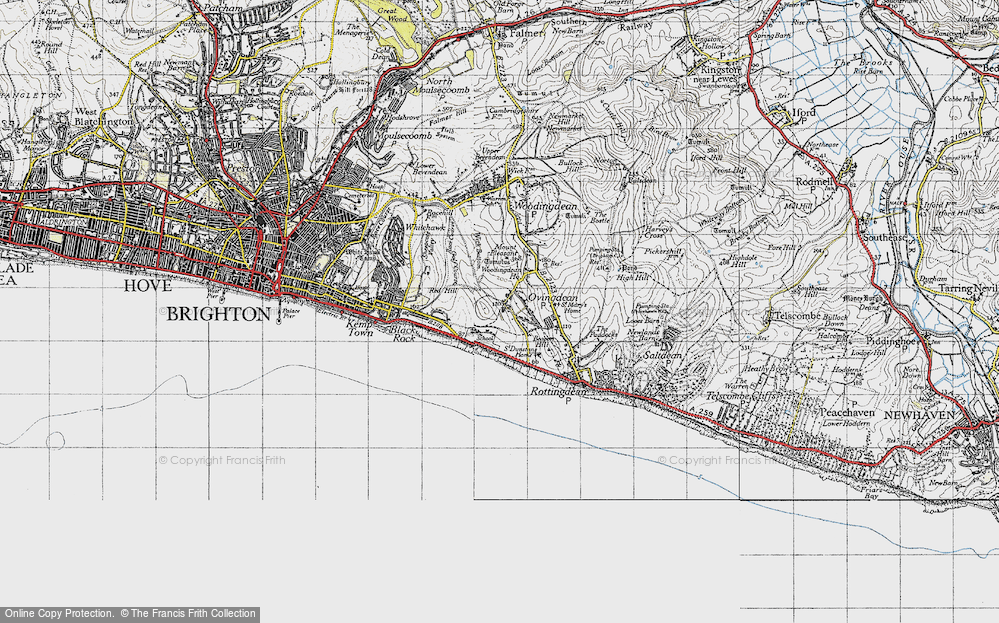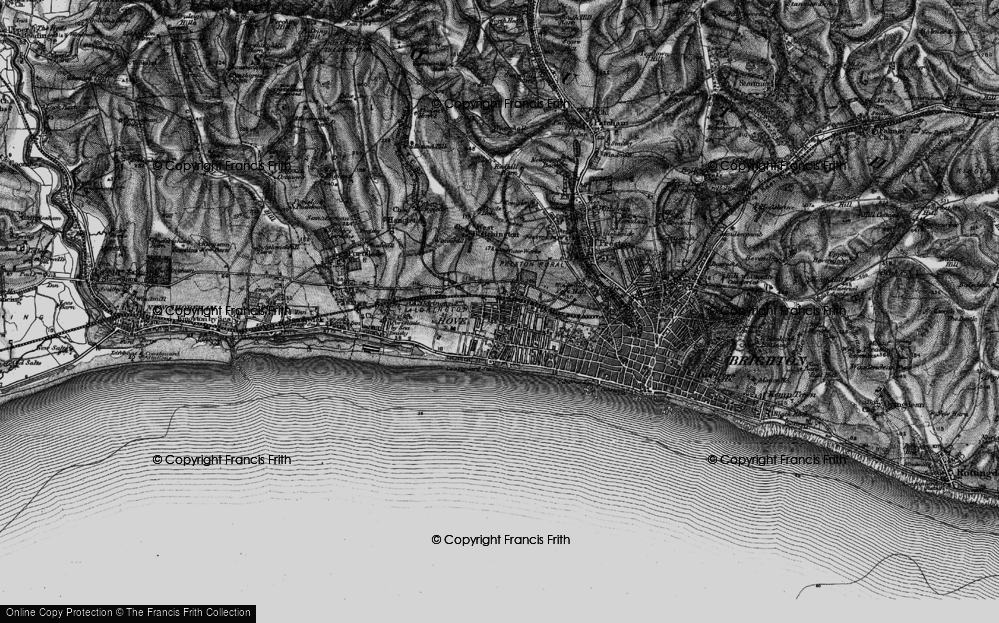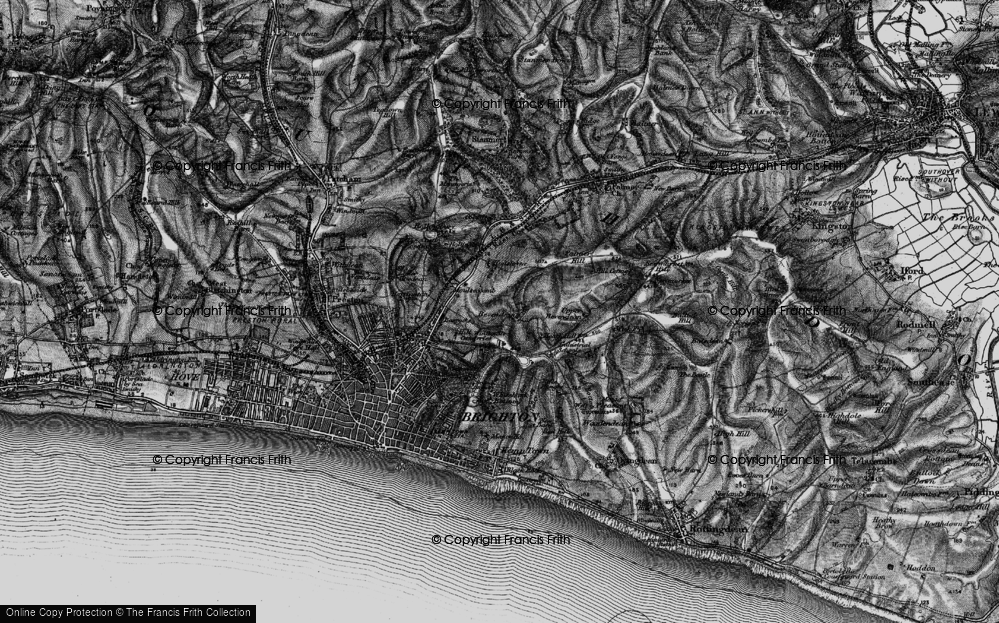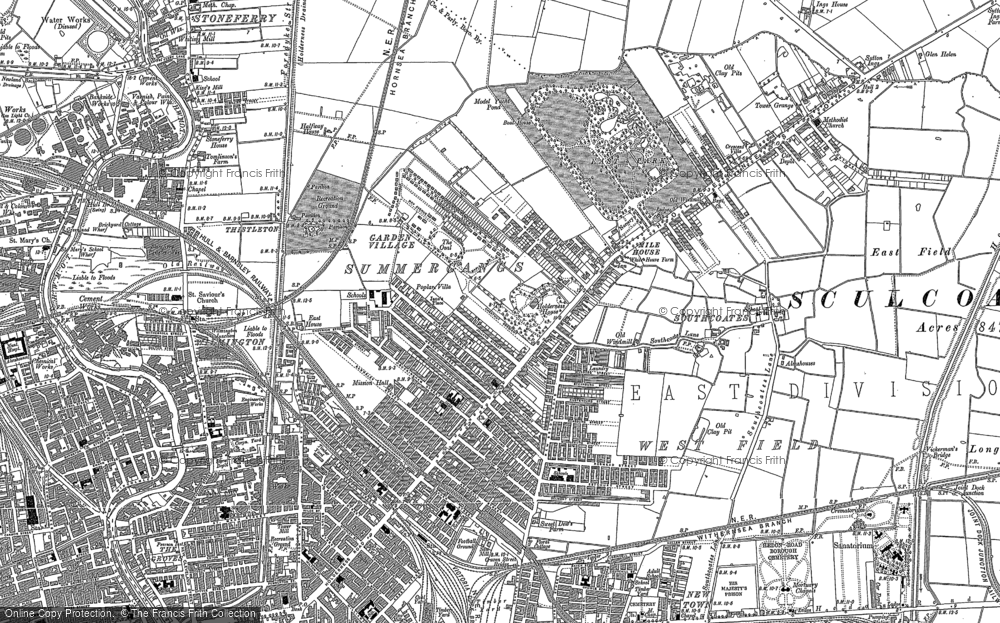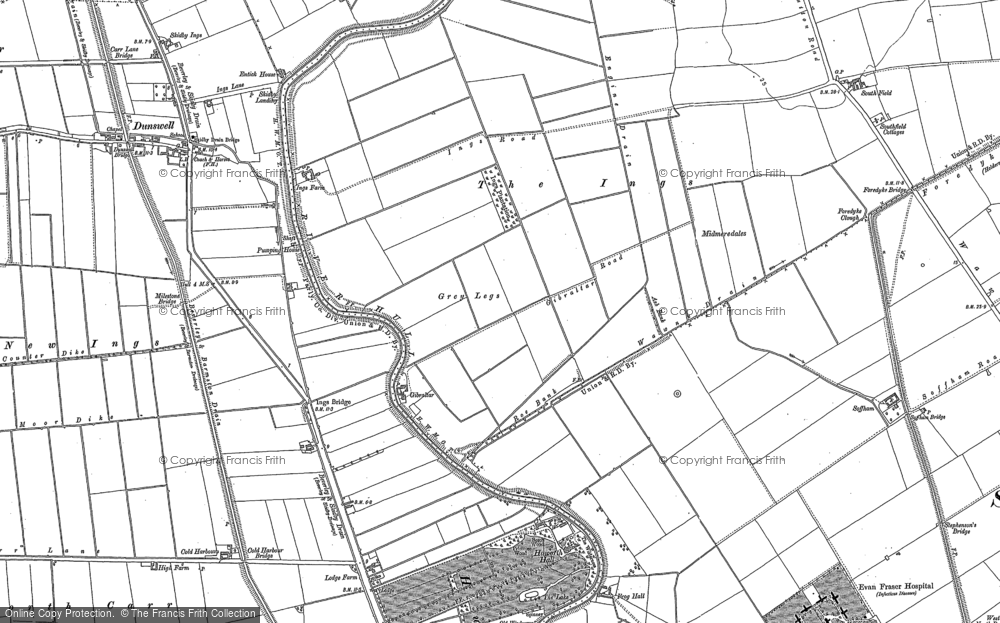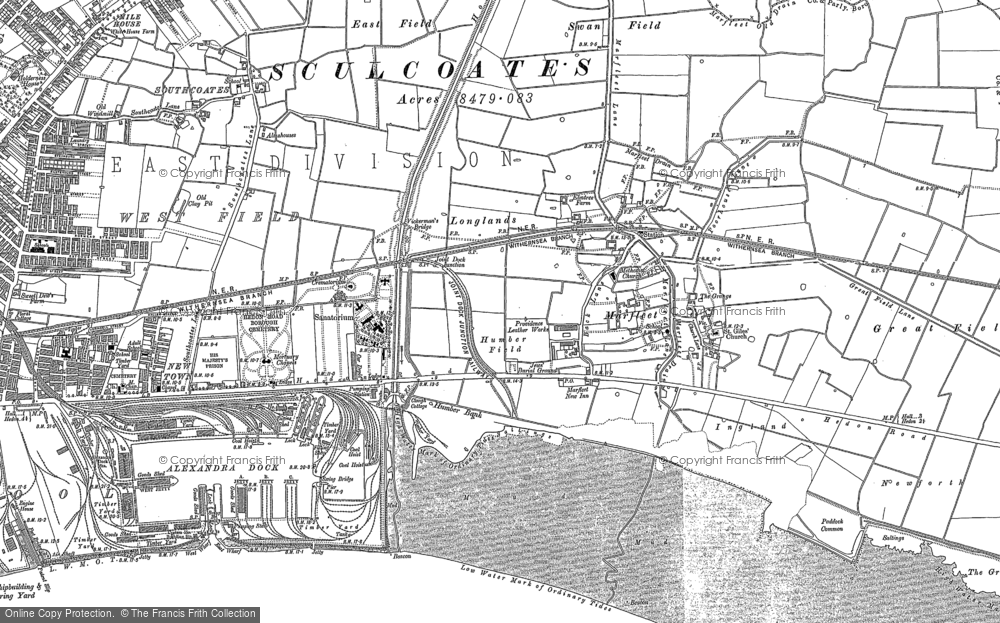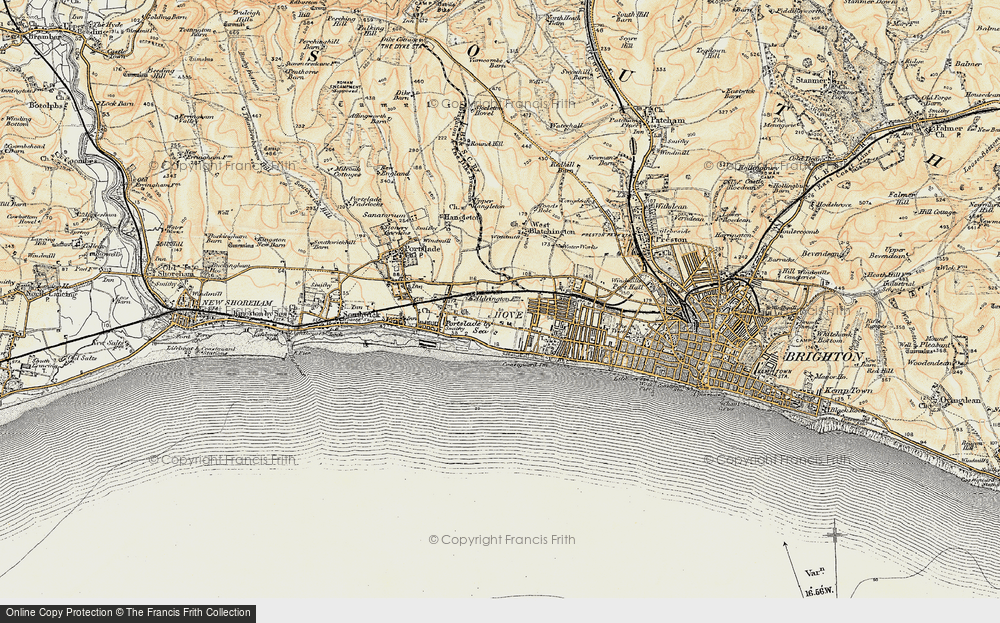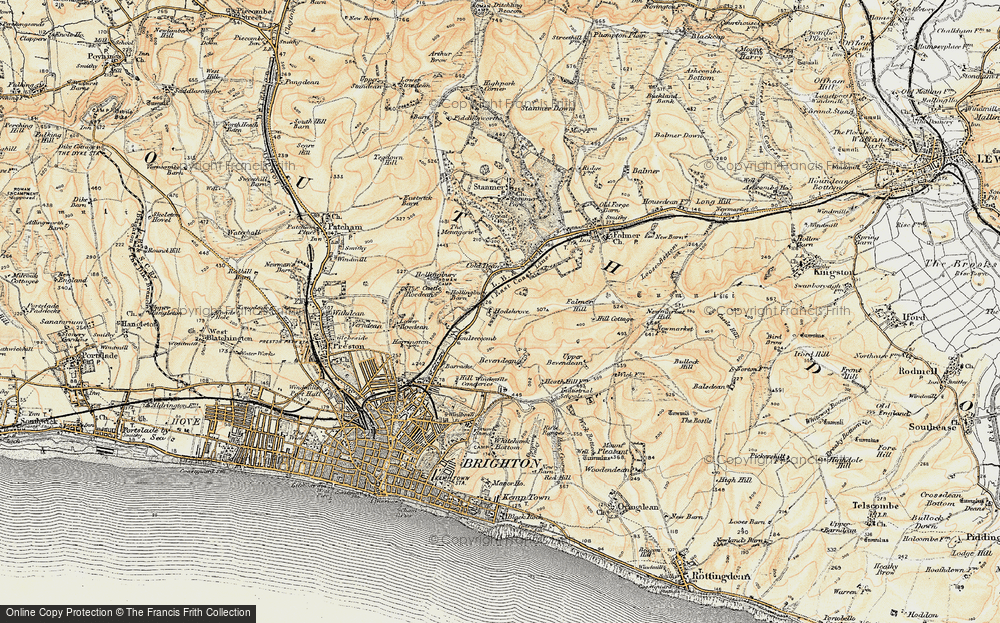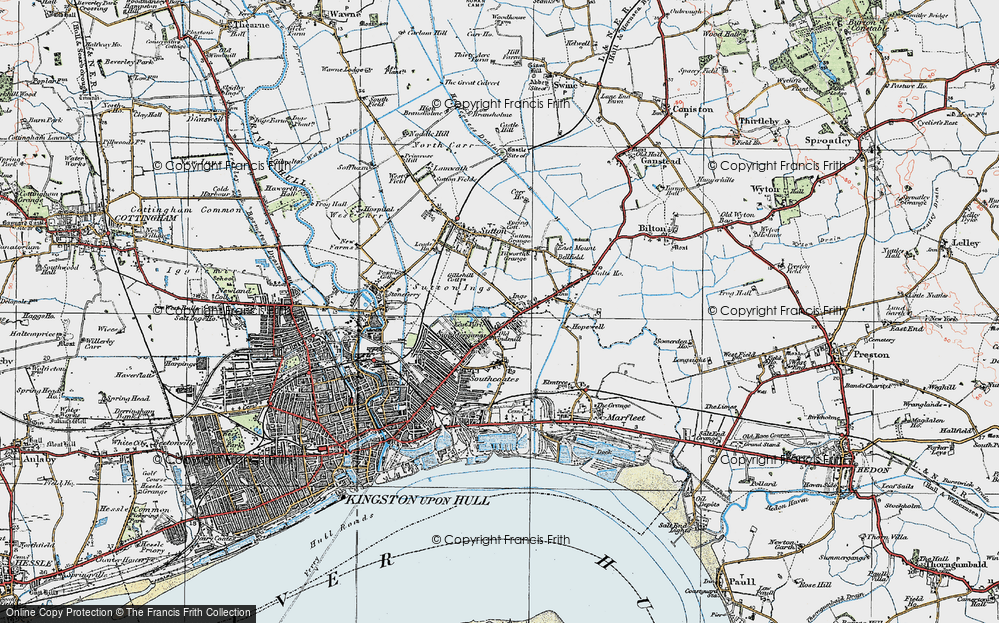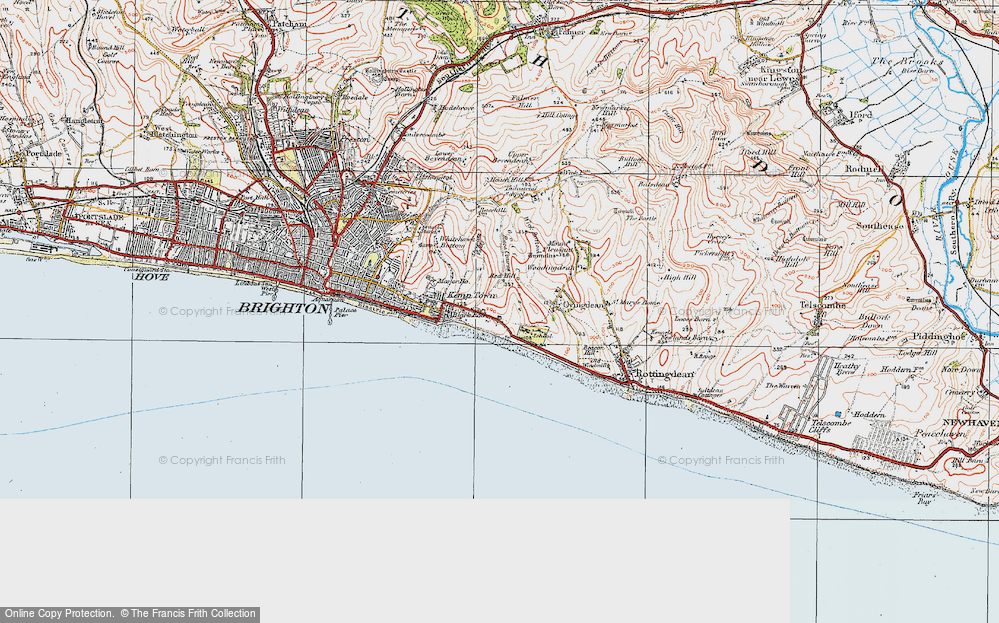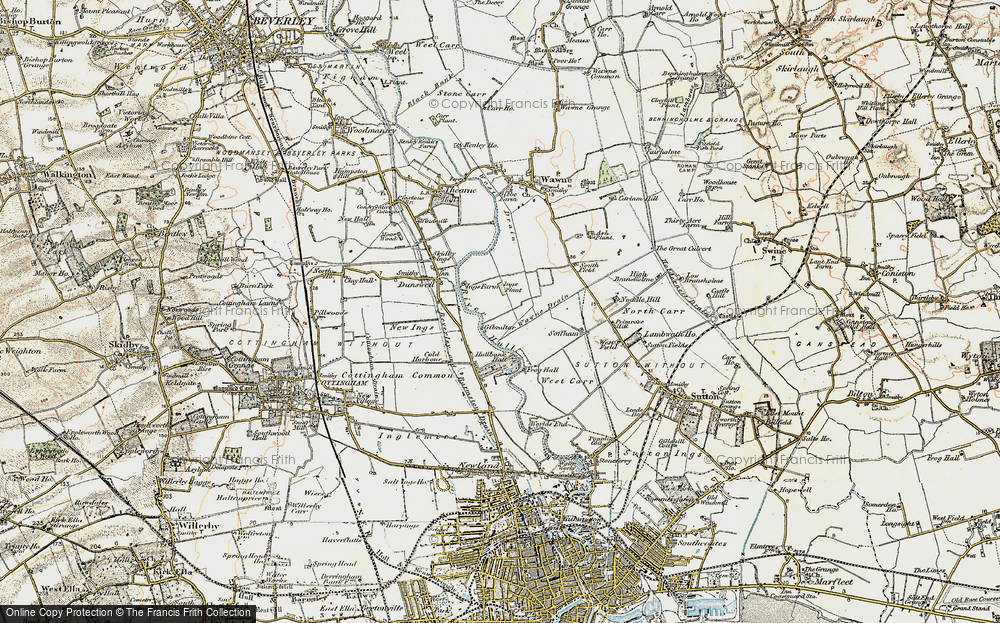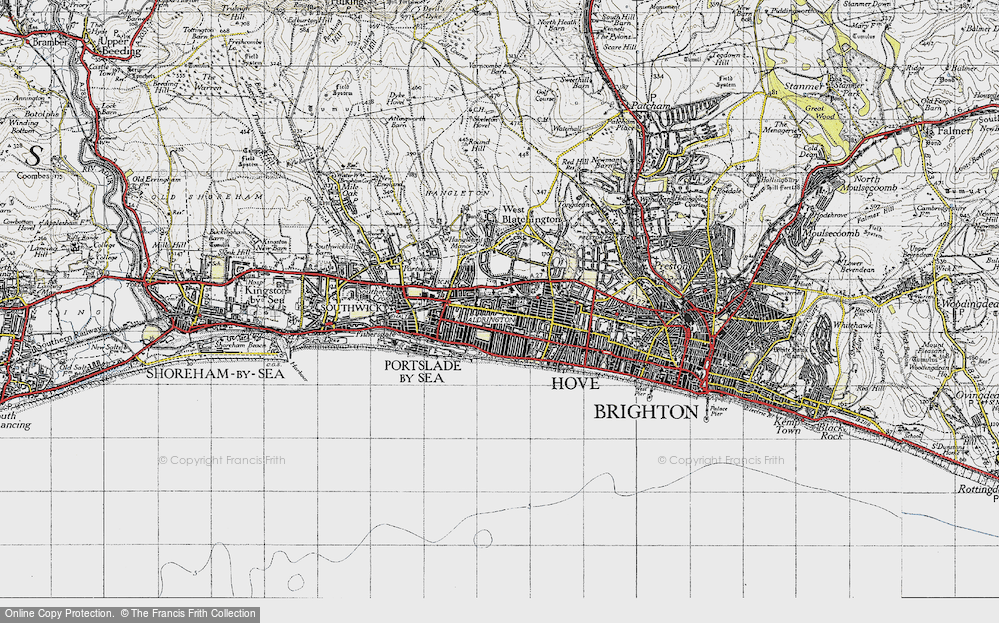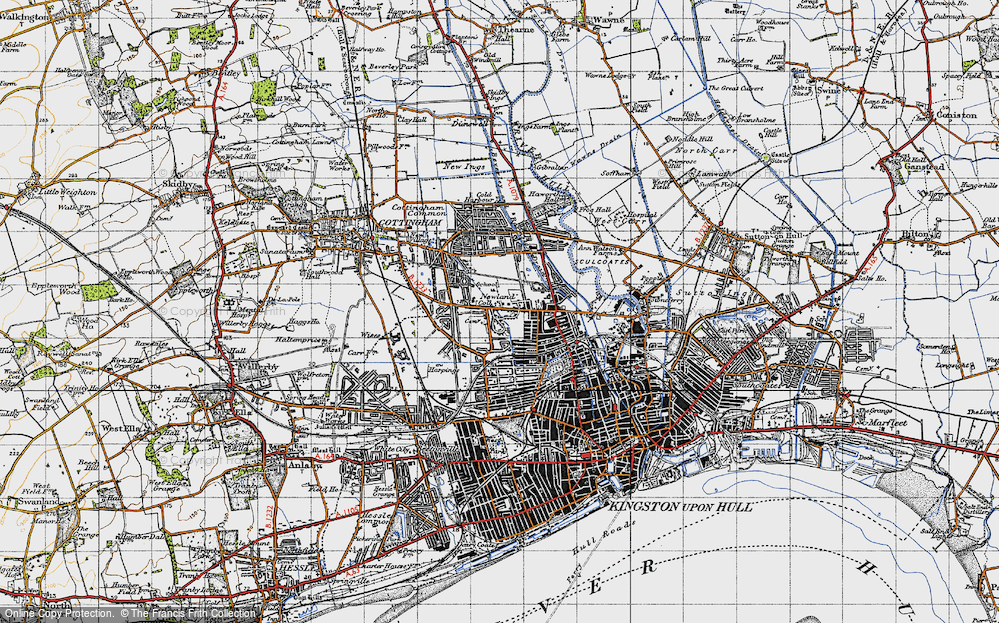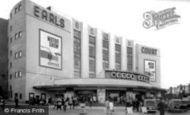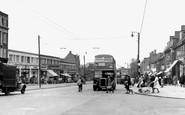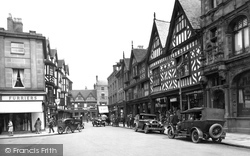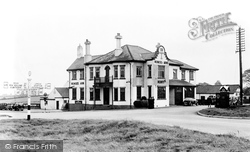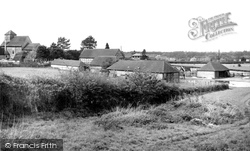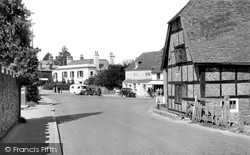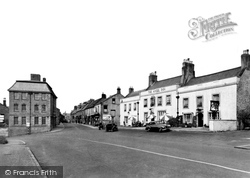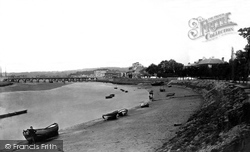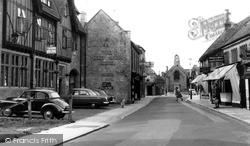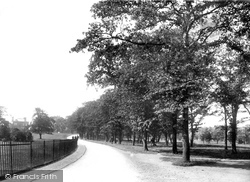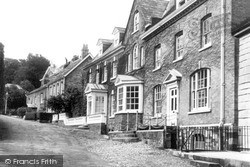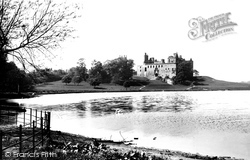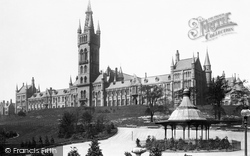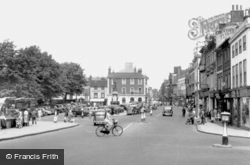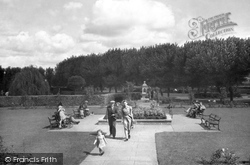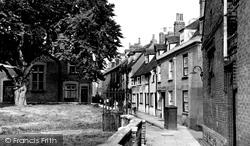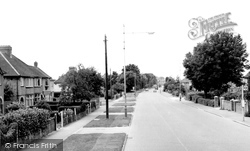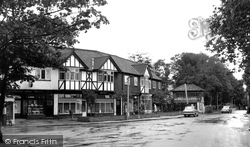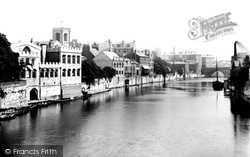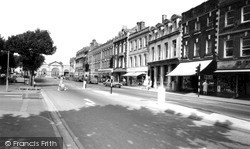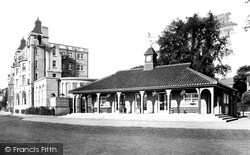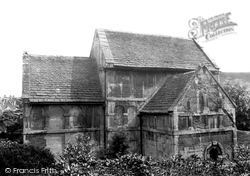Merry Christmas & Happy New Year!
Christmas Deliveries: If you placed an order on or before midday on Friday 19th December for Christmas delivery it was despatched before the Royal Mail or Parcel Force deadline and therefore should be received in time for Christmas. Orders placed after midday on Friday 19th December will be delivered in the New Year.
Please Note: Our offices and factory are now closed until Monday 5th January when we will be pleased to deal with any queries that have arisen during the holiday period.
During the holiday our Gift Cards may still be ordered for any last minute orders and will be sent automatically by email direct to your recipient - see here: Gift Cards
Places
Sorry, no places were found that related to your search.
Photos
Sorry, no photos were found that related to your search.
Maps
7,034 maps found.
Books
163 books found. Showing results 8,353 to 8,376.
Memories
22,913 memories found. Showing results 3,481 to 3,490.
East Chevington The Drift
I am the daughter of Doreen Smith, daughter of Frederick Steve Smith & Elizabeth Smith (The siblings consisted of Albert, Frederick, John, Violet, Nellie, Millie, Elizabeth or Lizzie who died of TB, Jim, Doreen). ...Read more
A memory of North Seaton in 1930 by
My Great,Great, Great Aunt
My great great great aunt, Kezia Dedman, married John Rogers Herbert RA artist in 1833. They became Catholic converts in 1838. They had three children baptised at Holland Street Roman Catholic Chapel Kensington in ...Read more
A memory of Earl's Court by
Family History
After I foumd out that my family lived at 3 Canning Place in 1838 and attended the Holland Street Catholic Chapel, I discovered the RC baptisms of John Rogers Herbert RA artist and my g.g.g.aunt Kezia Herbert nee ...Read more
A memory of Kensington by
Greasborough Dam
I was born on Church St, Greasbrough, gran and granddad lived close by in a row of cottages alongside the top club now a car park? My father worked in the local pits and we moved several times. At age 10 we moved back to ...Read more
A memory of Greasbrough in 1963 by
Memories
I was born at 30 Marstown Avenue on 29-04-1938, now living in Nijmegen, Holland. I went to the Bassert Street school and the Sec Mod school. Played rugby for school and county, have good memories from the s.w.o.b. and very good ...Read more
A memory of South Wigston by
Law Junction (1961)
My first job when I left school in 1960 was junior porter at Law Junction, which sadly closed in 1965. I remember that one of the station foremen, known as "Old Andrew", kept bees on an embankment at the rear of the station, an ...Read more
A memory of Law in 1961 by
Where Did It All Go ?
Catching gudgeon at Ackers Pit and taking them home in jam jar (they died!) Swimming in Bridgewater Canal "Dukes`s" would you believe at Grappenhall! Passing exam for Boteler Grammar and getting a new beach ball as a reward (all other kids had a new bike) Sorry dad ...I know we had no money.
A memory of Warrington in 1950 by
St Edwards And St James
I remember Sister Catherine, headteacher, and her nieces at St James; we were all frightened of Kate, as we called her. Her nieces used to throw books and rubbers and also hit us on the knuckles with rulers. I also ...Read more
A memory of Burnt Oak in 1957
Roy Hamilton (1961)
Another chap I clearly remember in the year I worked at Law Junction was Roy Hamilton who lived in a cottage overlooking the station. Like the old gentleman who was frequently drunk, Roy was also disabled and walked with the aid of ...Read more
A memory of Law by
The Ellor Twins
I was born in Mexborough in 1953 an identical twin with my sister Kathryn. Our mother is Mabel Ellor (nee Brewster) who was a teacher at Roman Terrace School which my sister & I attended. My father is Ron Ellor a pianist, ...Read more
A memory of Mexborough in 1953 by
Your search returned a large number of results. Please try to refine your search further.
Captions
9,654 captions found. Showing results 8,353 to 8,376.
Half close your eyes, and it is almost possible to visualise village Edgware.
The London Borough of Enfield will not be remembered for its sympathetic approach to the conservation of its historic buildings.
High street shoppers in 1931 were finding that prices were continuing to fall back to their pre-Great War levels.
A sign of the times is here in the form of the AA box (right) with two AA patrol men going across the road for a quick one!
We are at the foot of the Downs by the route of the London to Brighton main line railway.
St Peter's 13th-century church was rebuilt in 1870. Nearby is the Cat House, a quaintly decorated half-timbered residence. Brickmaking was quite a large local industry.
Here we see the changing face of the Co-op.
The 17th-century Angel Inn stands at the east end of Middle Street and the start of Main Street, and is one of a number of interesting buildings around the area.
This is an early view of the bridge from the town side. Billy Moore's Boat Statoin (known to the local children as 'Noah's Ark') has still to make its appearance.
In the distance on the left is the Plume of Feathers and, comparing with photograph 51329, a change can be seen.
100 acres was considered enough for a park, and the rest was made available for what was to become Park Road with North and South Parades.
Castle Street is 'the finest Georgian street in Cornwall', according to Sir John Betjeman, who knew a thing or two about the county.
The Palace is situated upon the south shore of Linlithgow Loch. King David I built the first manor house at Linlithgow, and the church of St Michael next to it.
The university was founded in 1450, moving to the Gilmorehill site in 1870. Designed by Sir Gilbert Scott, the university building is dominated by its 200ft tower topped off with a 100ft spire.
St Paul's Square, also known as Market Place, is bounded on the west by the churchyard of St Paul.
Old Aylesbury was largely confined to the hilltop area; the surrounding land was somewhat marshy (and unhealthy).
St Mary's Square is here no wider than a footpath, with the churchyard on the left. On the right is the 1840s brick Tudor-style old school, extended in replica in 1907.
This view looking towards town captures well the flavour of interwar development along the Tring Road itself.
We see HMS 'Bellisle' riding at anchor like a 'floating metal fortress' in the River Mersey as part of that same Royal Navy visit.
Here we see Victoria Buildings on the corner of the road to the sand dunes, known as Formby Hills, and to Mad Wharf beyond them.
The River Ouse flows past the embattled rear of the fifteenth century Guildhall, built in 1446.
This shows the main public open space in the city, the Market Square: for centuries it has been the centre of the city's business and social life, and is surrounded by many fine buildings.
Born in Cambridge in 1882, Sir John Berry 'Jack' Hobbs was undoubtedly the world's greatest cricket batsman of his time.
Perhaps the chapel was built to house the relics of St Edward the Martyr, which were moved there from Shaftesbury.
Places (0)
Photos (0)
Memories (22913)
Books (163)
Maps (7034)


